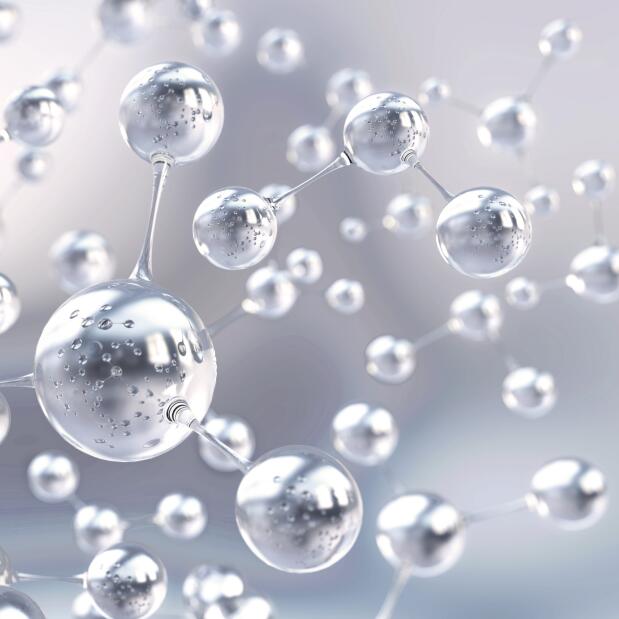Atopic eczema – Contact eczema
Atopic eczema – Contact eczema
Contact eczema is an allergic reaction that results in localised skin irritation. This inflammatory disease occurs when the skin comes into contact with an allergenic substance that should be avoided as much as possible. There are solutions to protect your skin from hypersensitivity and inflammation.

Contact eczema: What are the symptoms?
When contact eczema occurs, the symptoms vary from patient to patient. But in all cases the first sign is erythema (redness) sometimes followed by oedema (swelling). This is followed by vesicles (small blisters) and oozing due to the breaking of the blisters. On the eyelids, face and genitals, the skin swells and turns red. Contact eczema is particularly intense on the hands and feet due to regular friction. The flare-ups do not leave scars, unless the skin remains in contact with the allergenic substance. In this case, the eczema becomes chronic: the skin thickens and cracks.
FRIENDLY (AND EXPERT) ADVICE
"In case of recurrent and itchy patches on the face or hands, it may be contact eczema, for which you will have to consult a dermatologist."
This skin sensitivity is caused by allergenic substances in our environment:
- Allergenic substances: metal compounds (nickel), chemical compounds in clothing (dye, leather, etc.), preservatives (cosmetics, paints, washing liquids), antibiotic and antihistamine creams, Peru balsam, adhesive dressings, plants, latex etc.
- Photo-allergens that trigger contact eczema when exposed to the sun: drugs (antibiotics, diuretics, anxiolytics), certain applications against fungal infections of the hair, nails and skin, perfumes and oils, sun creams and hygiene products.

A two-part reaction
The epidermal reaction of contact eczema takes place in two phases:
The sensitisation phase.
It can last from a few days to a few years. The allergenic substance penetrates the skin, which becomes sensitive. In response, your immune system is activated: no symptoms appear, but your cells have been exposed to the allergen.
The revelation phase.
The skin encounters the allergenic substance for the second time. When the immune system is activated, the symptoms do not wait to appear. The allergy starts at the point of contact and spreads. Contact eczema occurs within 24 to 48 hours after exposure.
FRIENDLY (AND EXPERT) ADVICE
The ankle, the face... how to find the culprit?
Contact eczema can occur on various parts of the body in the days following exposure to the allergen.
Contact eczema on the wrist, earlobe or stomach is typical of a reaction to nickel (found, despite their ban in Europe, in jewellery, watches and buttons). On the hands, preservatives in hygiene or cosmetic products are often involved. On the body, the allergen can be found in washing liquids. On the feet, components (formaldehyde, glue, rubber, latex etc.) in shoes are often the cause of the reaction. For the face, you can look for fragrances and preservatives found in creams and make-up. On the genitals, contact eczema often comes from condoms (latex) or hair removal creams.

Best practices to soothe your contact eczema
The best way to avoid contact eczema is to get rid of the allergenic substance.
To soothe your skin and protect it from drying out, use ultra-rich soap-free products. An emollient cream several times a day maintains a good level of hydration and rebuilds the skin barrier.
Our solutions to protect your skin from inflammation
Eau Thermale Avène products designed to relieve your contact eczema
- Thermal Spring Water Spray
Thermal Spring Water
Thermal Spring Water SpraySoothes - Restores the skin barrier - Calms
Which skin care routine should you adopt?
Identify what it really needs with the help of our experts and discover the most suitable skin care routine for you.

